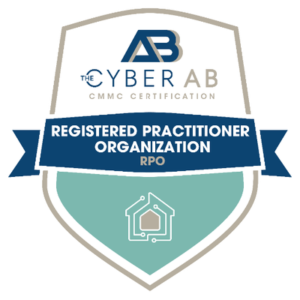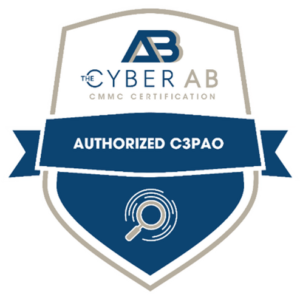Supply chain and logistics organizations are essential to the movement of materials, components, and data that power the Defense Industrial Base (DIB). From warehousing and transportation to procurement and supplier management, they move not just parts and materials, but also sensitive contract data and Controlled Unclassified Information (CUI). That access makes them a prime target for CMMC scrutiny.
CUI moves across internal systems, vendors, and transport partners. Without precise scoping, organizations risk overspending on compliance or leaving blind spots.
Legacy ERPs, spreadsheets, and custom tools create silos. Enforcing access controls, tracking data movement, and meeting technical requirements becomes nearly impossible.
As a prime or logistics hub, you’re accountable for downstream vendors. Many lack CMMC readiness, leaving your contracts vulnerable.
Even strong technical practices can fail without policies and evidence to back them up. Assessors need proof that operations align with written procedures.


Pinpoint where CUI is created, stored, transmitted, and accessed across ERP systems, portals, and shipping platforms. Isolate non-CUI systems to shrink compliance scope. Expanding this boundary mapping into a deliberate process helps organizations avoid overinflating scope, which drives up costs and complexity. By carefully tracing every touchpoint where CUI exists, you can separate sensitive systems from routine business operations, minimize compliance exposure, and focus resources on the environments that truly matter for certification.

Retire ad hoc platforms that lack security. Outdated or piecemeal solutions often create blind spots that auditors quickly flag, while secure, consolidated platforms strengthen both visibility and control. Modernized toolsets reduce the number of integration points, streamline oversight, and provide the audit-ready evidence needed to demonstrate CMMC practices are functioning as intended.

Build SSPs, diagrams, and access narratives around real workflows. Tailor, not template, your documentation to the systems and teams handling CUI. By grounding documentation in actual processes of how CUI moves, who accesses it, and what controls apply, you create materials that withstand assessment scrutiny, reduce back-and-forth with assessors, and serve as a reliable compliance guide going forward.

A mock assessment by a C3PAO identifies vendor risks, IT/OT gaps, and workflow weaknesses, before they derail a formal assessment. These reviews simulate the real certification process, revealing issues such as incomplete access logs, insufficient vendor oversight, or unclear process ownership. Fixing gaps early prevents costly delays and failed assessments while giving leadership and partners confidence that the compliance program is resilient and audit ready.

“Working with Coalfire Federal for our CMMC Level 2 assessment was a thorough and professional experience from start to finish. Their assessment team demonstrated deep expertise in both the technical requirements and the practical implementation of CMMC controls."
Please note that this FAQ is a summary and should be used in conjunction with the official CMMC documentation for precise guidance and compliance instructions.
The Cybersecurity Maturity Model Certification (CMMC) 2.0 requires any organization handling Controlled Unclassified Information (CUI) to meet all 110 practices and 320 control objectives in NIST SP 800-171. This applies not only to prime contractors but also to specialized suppliers and technology partners.
In supply chain and logistics, Controlled Unclassified Information (CUI) often moves across ERP systems, shipping platforms, supplier portals, and transportation partners. Without properly defining and controlling the CUI boundary, companies risk data exposure, compliance gaps, and failed CMMC Level 2 assessments.
Logistics providers that rely on legacy ERP systems, spreadsheets, or manual processes struggle to enforce consistent access controls, monitor data movement, and meet technical control requirements. Consolidating systems into secure, modern platforms is essential for achieving and maintaining CMMC Level 2 compliance.
Under CMMC Level 2, prime contractors and logistics hubs are accountable for the cybersecurity posture of their subcontractors and tier-2 suppliers. If vendors handling shipments, procurement data, or warehousing systems are not CMMC compliant, the entire contract could be placed at risk.
Even strong cybersecurity practices can fail an audit without supporting documentation. Supply chain and logistics organizations need system security plans (SSPs), network diagrams, and access control narratives that align with daily operations. Without evidence, CMMC assessors may flag an otherwise compliant environment as deficient.
A third-party CMMC mock assessment conducted by a C3PAO helps logistics companies identify compliance gaps across IT/OT systems, subcontractor relationships, and fast-moving operations. Addressing these issues early reduces risk, prevents costly last-minute fixes, and ensures readiness for a formal CMMC Level 2 certification assessment.
Supply chain organizations that move early will gain a competitive edge, maintain contract eligibility, and prove they’re equipped to protect sensitive data in an increasingly contested threat landscape.